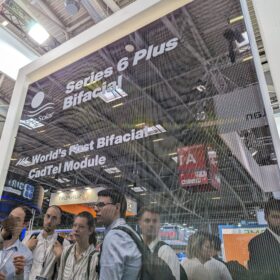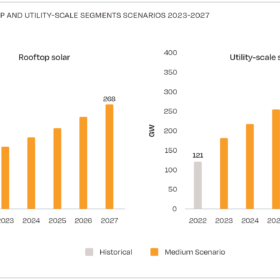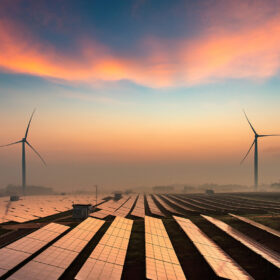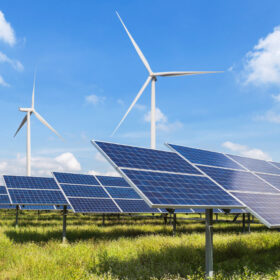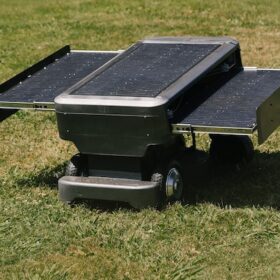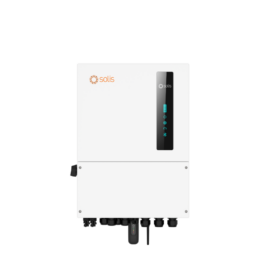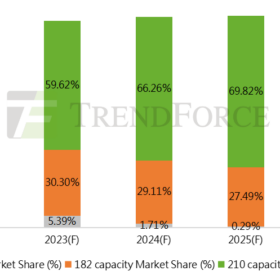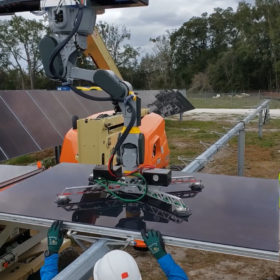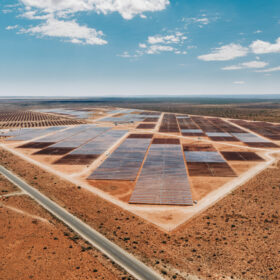First Solar showcases pre-commercial bifacial thin-film PV modules
First Solar has announced a limited production run of the “world’s first” bifacial solar panel with a cadmium telluride (CdTe) semiconductor. The pre-commercial Series 6 Plus Bifacial module is making its debut this week at Intersolar Europe in Munich, Germany.
Global rooftop PV additions soar by 50% to 118 GW in 2022
The world installed 239 GW of new solar capacity in 2022, according to SolarPower Europe. The rooftop PV segment accounted for 49.5% of additions – the highest share in the past three years. The rooftop sectors in Brazil, Italy, and Spain grew by 193%, 127%, and 105%, respectively.
Global solar additions to hit 310 GW in 2024, says IEA
The International Energy Agency (IEA) said in a new report that solar will remain the main source of global renewable capacity expansion in 2023, accounting for 286 GW. In 2024, the figure is set to grow to almost 310 GW, driven by lower module prices, greater uptake of distributed PV systems, and a policy push for large-scale deployment.
Potential locations for solar, wind hybrid projects in India
Indian scientists have created a hybrid power exploitability index to identify optimal locations for constructing new solar and wind hybrid power plants. They have evaluated retrofitting existing standalone plants and have discovered that all but one of the eight plants could be hybridized, with up to a 400% annual increase in power output.
PV-powered robotic lawn mower from New Zealand
Researchers from Massey University in New Zealand have developed a robotic lawn mower with three 50 W solar panels and a 20 Ah lithium-iron-phosphate (LiFePO4) battery. Two of the PV panels can be retracted and stacked inside the robot. They slide out when it needs to recharge its batteries.
Solis unveils hybrid inverters for rooftop applications
Solis has released a new line of hybrid inverters in five different power output versions, ranging from 3 kW to 8 kW. The hybrid inverters can be used with either lithium-ion or lead-acid batteries, with a maximum charging and discharging current of 190 A.
Top PV module manufacturers by shipment volume in 2022
TrendForce has ranked the top six module manufacturers by shipment volume in 2022, with Longi topping the list, followed by Trina Solar and JinkoSolar. JA Solar, Canadian Solar, and Risen Energy rounded out the top six, in a year dominated by large-format modules.
US company develops robotic solution to address installer shortage
Sarcos has designed a robotic PV construction solution that delivers, detects, lifts, and places PV modules in large-scale solar plants. It has recently field tested and validated the prototype solution in a pilot project funded by the US Department of Energy.
Dutch city installs solar footpath
Hungary’s Platio has inaugurated a solar footpath in the Dutch city of Groningen. The installation consists of 2,544 monocrystalline Patio solar pavers with a 21.8% efficiency rating. It will generate 55,000 kWh of electricity per year and can purportedly withstand a pressure of 2 tons without microcracks.
South Africa launches tender for floating, ground-mounted PV
The South African government is looking for independent power producers to build and operate floating or ground-mounted PV projects at selected government waterworks infrastructure or damns. The projects should be operational for 20 years.
